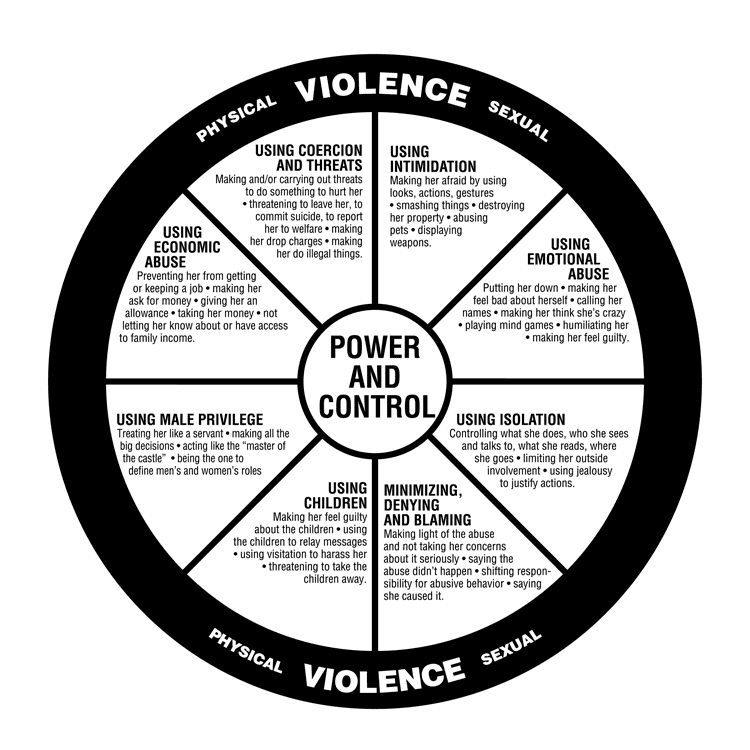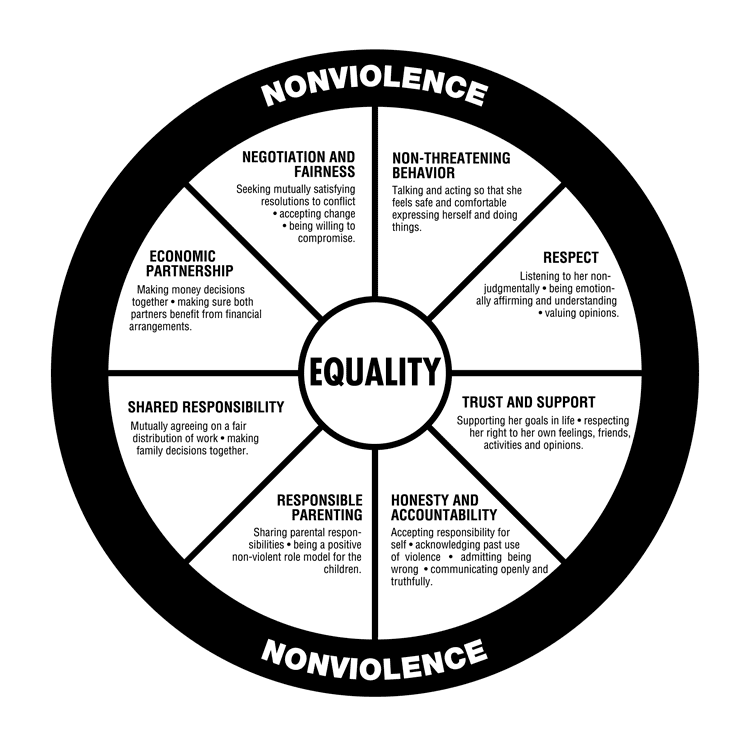Healthy Relationships
What makes a relationship healthy?
A healthy relationship is characterized by several key factors:
Communication
Open, honest, and respectful communication is essential. Partners should feel comfortable expressing their thoughts, feelings, and concerns, and be willing to listen to each other.
Trust
Trust forms the foundation of a healthy relationship. Partners should have faith in each other’s intentions, actions, and words.
Equality
Healthy relationships are built on equality, where both partners have an equal say in decision-making and share responsibilities fairly.
Respect
Mutual respect is crucial. This includes respecting each other’s boundaries, opinions, and autonomy.
Support
Partners should support each other emotionally, mentally, and sometimes physically. They should be each other’s cheerleaders, offering encouragement and assistance when needed.
Independence
Exercising exclusive control over financial matters and making all monetary decisions is indicative of financial abuse.
Compromise
Compromise is necessary for resolving conflicts and making decisions that benefit both partners. It involves finding middle ground and being willing to make concessions.
Healthy Boundaries
Clear boundaries help maintain a sense of safety and respect within the relationship. Partners should be able to communicate and respect each other’s boundaries.
Fun & Enjoyment
Healthy relationships include moments of joy, laughter, and shared experiences that enhance the bond between partners.
Emotional Intimacy
Emotional intimacy involves sharing thoughts, feelings, and vulnerabilities with each other, creating a deep connection and understanding.
Overall, a healthy relationship is one where both partners feel valued, supported, and loved, and where their individual growth and well-being are prioritized alongside the relationship itself.
You know you are in a healthy relationship when
both people genuinely feel that in the relationship they are:
- Valued and respected for who they are
- Able to communicate openly and honestly without fear of judgment
- Supported in pursuing their individual goals and interests
- Trusted and can trust their partner without reservation
- Equal partners, with shared responsibilities and decision-making
- Able to resolve conflicts respectfully and with compromise
- Encouraged to grow and evolve both individually and together
- Able to express their needs and boundaries without fear of repercussions
- Able to laugh, have fun, and enjoy each other's company
- Secure and loved unconditionally.
Healthy Communication
In a healthy relationship, both people gain a deeper connection and understanding of each other by:
- Active Listening: Truly listening to each other without interruptions or distractions and showing empathy and understanding.
- Expressing Feelings: Being open and honest about their feelings, thoughts, and experiences, even when it’s difficult.
- Nonverbal Communication: Paying attention to body language, tone of voice, and other nonverbal cues to understand each other better.
- Respecting Differences: Acknowledging and respecting each other’s perspectives, even when they disagree.
- Clarifying Misunderstandings: Asking for clarification when something is unclear and being willing to provide clarification when needed.
- Avoiding Blame and Criticism: Focusing on finding solutions rather than placing blame or criticizing each other.
- Seeking Understanding: Asking questions to gain insight into each other’s thoughts, feelings, and experiences.
- Giving and Receiving Feedback: Providing constructive feedback in a respectful manner and being open to receiving feedback without becoming defensive.
- Validating Emotions: Acknowledging and validating each other’s emotions, even if they don’t understand them completely.
- Creating a Safe Space: Ensuring that both partners feel safe and comfortable expressing themselves without fear of judgment or retaliation.
Healthy Boundaries
In a healthy relationship, both individuals honor each other’s boundaries and refrain from restricting each other’s freedom to express themselves, pursue their interests, make decisions, and grow as individuals.
Healthy boundaries in a relationship refer to the establishment and maintenance of personal limits, preferences, and expectations that are respected by both partners. These boundaries help define individual autonomy, ensure emotional and physical safety, and foster mutual respect and understanding. Here are some examples of healthy boundaries in a relationship:
- Communication Boundaries: Openly discussing feelings, needs, and concerns while respecting each other’s privacy and confidentiality.
- Emotional Boundaries: Recognizing and respecting each other’s emotional experiences, including giving space when needed and not taking responsibility for each other’s emotions.
- Physical Boundaries: Respecting each other’s physical space, comfort levels, and boundaries regarding touch and intimacy.
- Time and Independence Boundaries: Maintaining individual interests, hobbies, and friendships outside the relationship and respecting each other’s need for alone time.
- Financial Boundaries: Being transparent about financial matters, respecting each other’s financial goals and decisions, and sharing financial responsibilities equitably.
- Sexual Boundaries: Consenting to sexual activity freely and without pressure, respecting each other’s sexual preferences and limits, and communicating openly about sexual desires and boundaries.
- Social Boundaries: Respecting each other’s social connections, including family and friends, and navigating boundaries with ex-partners or previous relationships.
Establishing and maintaining healthy boundaries requires ongoing communication, mutual respect, and a willingness to understand and support each other’s needs. It’s important to regularly check in with each other, adjust boundaries as needed, and address any breaches or conflicts respectfully to nurture a healthy and fulfilling relationship.
Additional Resources
Learn more more about healthy relationship dynamics and navigating challenges if a relationship feels unhealthy:
What if the relationship isn’t thriving?
If a relationship lacks healthy communication and boundaries, it doesn’t automatically indicate abuse. However, it does underscore the importance of educating oneself about relationship violence.
Equality Wheel
In contrast to the Power & Control Wheel, which illustrates the dynamics of an abusive relationship, the Equality Wheel emphasizes the components of a healthy relationship.
WHEEL IMAGES ADAPTED FROM: Domestic Abuse Intervention Programs, 202 East Superior Street, Duluth, Minnesota 55802 • 218-722-2781 • www.theduluthmodel.org

